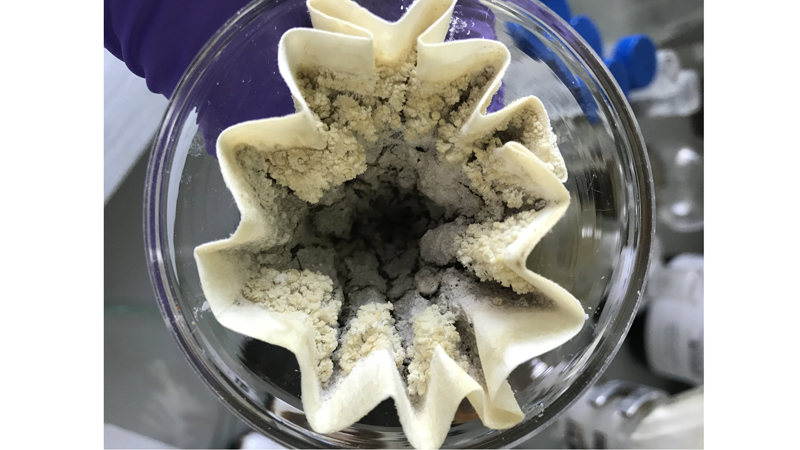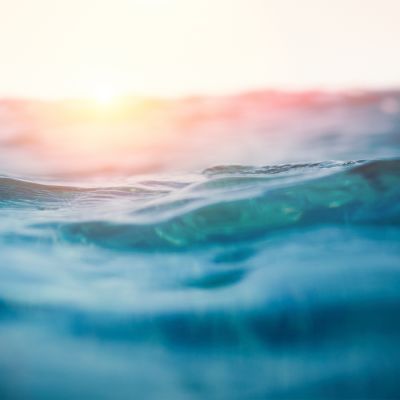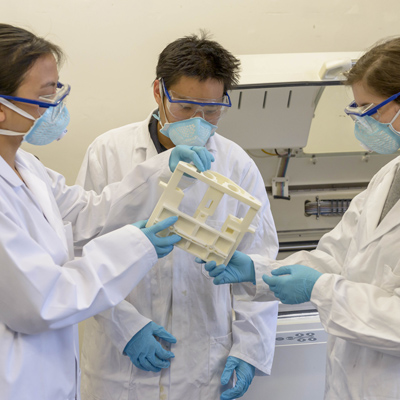A researcher from Cranfield University has won the ‘weird and wonderful’ category in the Engineering and Physical Sciences Research Council’s annual science photography competition, with an unusual image of fatberg deposits.
Natalia Jawiarczyk, an Engineering Doctorate student in the School of Water, Energy and Environment, is investigating how fatberg deposits form in sewers and how they can be broken down effectively. Her image of fatberg crystals shows the effect of fat, oil and grease deposits separated using organic solvent.
Investigating how fatbergs form
The winning photo shows residues of fat, oil and grease (FOG) on the filter paper, which represent the non-lipid constituents of a fatberg.
Deposition and accumulation of FOGs in sewers, released by food establishments, are causing increasing problems in the water sector. Massive deposits of saponified FOG congealed with non-flushable products, called fatbergs, are the cause of blockages, sewer overflows and properties flooding.
Mechanical removal and maintenance of FOG-blocked sewers costs between £15 million and £50 million each year and presents a high risk to public health and the environment. The aim of Natalia's study is to establish how deposits form in the sewer network and how they can be effectively degraded and inhibited with bioaugmentation products. To enable more effective bioremediation of fatbergs, a better understanding of the overall process of deposition is required. Investigation of FOG deposits composition, as shown in the photograph, gives better insight into processes behind fatberg formation.




